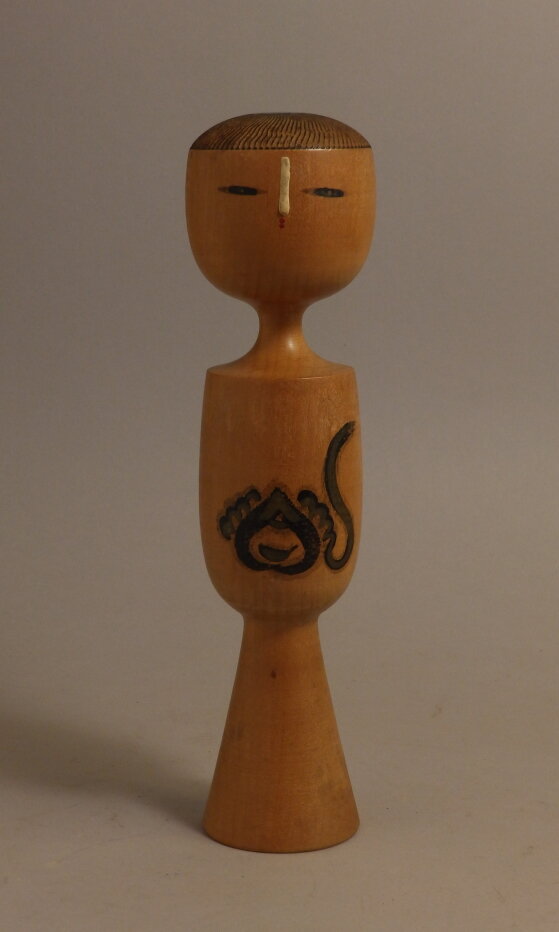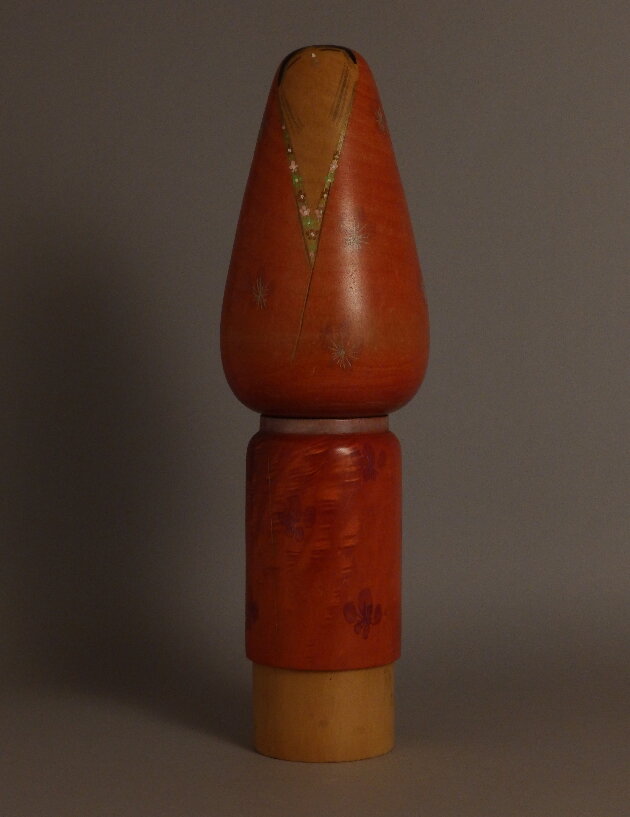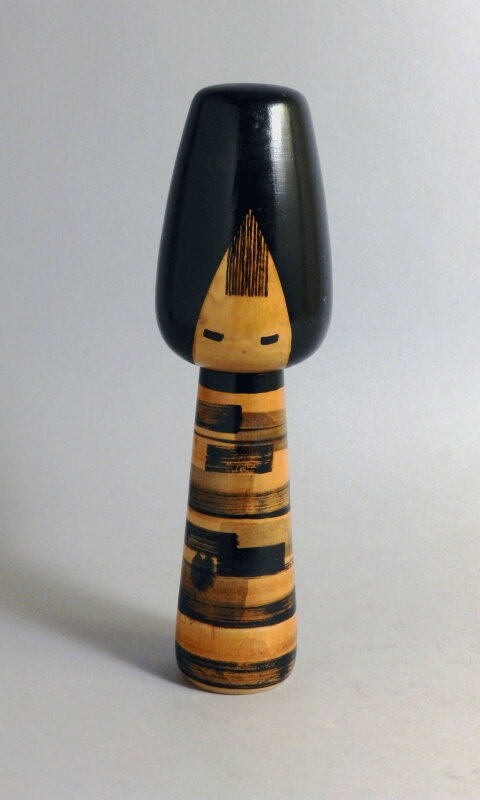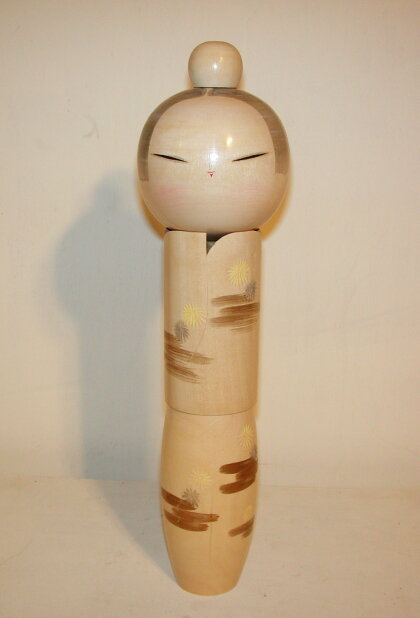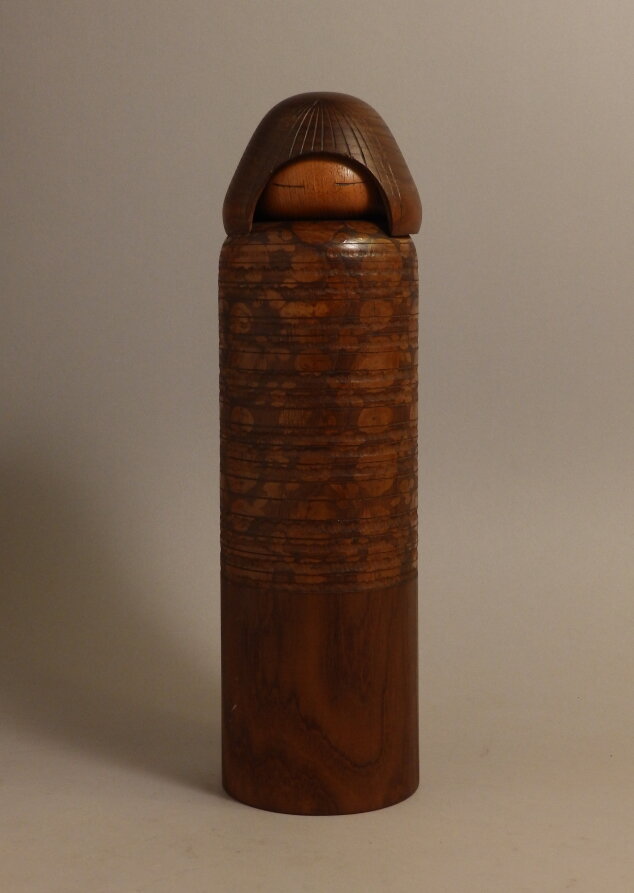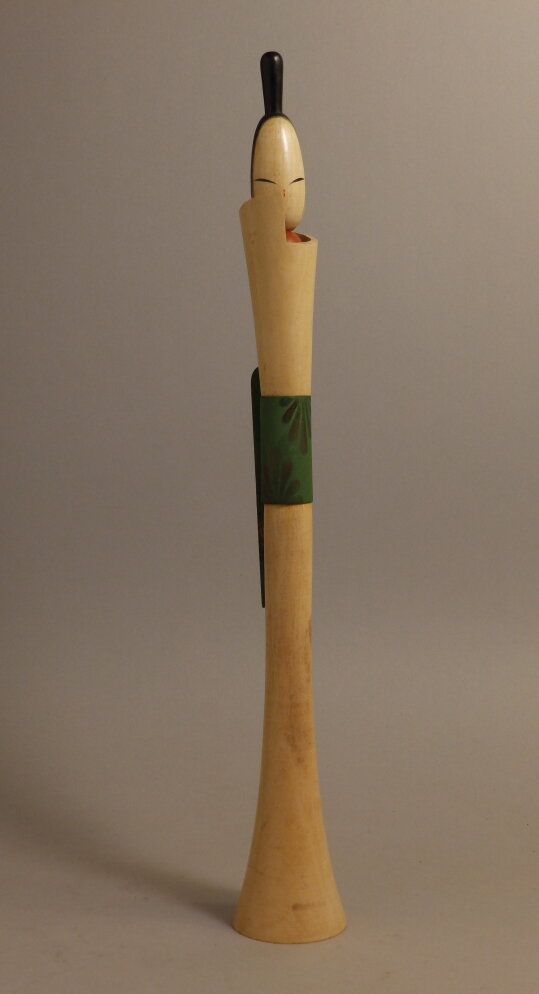Hayashida Rice, Iishi-san's Kokeshi Collection, Moshi Moshi Harajuku
Hayashida Rice grown by Mr Yoshinari Hayashida:
Premium Quality Rice, Grown in Rich Nature. Organic pesticide-free rice is raised in a rich natural environment full of pure water and fresh air in Kuma-region, located in the upstream of the Kuma river in Kumamoto, one of the three major torrents in Japan.
Organic pesticide-free farming. They insist on pesticide-free farming to reassure safety and security for our rice. Their are qualified by the organic certification from Japan Agricultural Standards (JAS) which requires three years of pesticide-free cultivation, in addition to their yearly inspections of the field, the materials and the process of production.
Abundant and pure water. For agricultural water, the water from the source of the Kuma river, one of the three major torrents in Japan is used. Clear and good quality water moistens the fields throughout the year.
Healthy soil making. The soil is rich which the rice straw after the harvest has been returned for many decades and made back to earth. To make healthy soil, organic fertilizers and green manures inherited from our previous generation are used instead of chemical fertilizers.
Temperature control to preserve the taste. To preserve the flavor of the new rice, storage temperature is controlled throughout the year. Because of this, they can provide the fluffy and slightly sticky food texture of good rice all year around.
We have ordered their brown rice. We hope you enjoy it.
Mr. Iishi san’s Kokeshi Explains Kokeshi
Vintage Kokeshi Japan. Text by Japanese Vintage Master Mr Iishi.
What is vintage Kokeshi?
There are many people overseas who are interested in Japanese Kokeshi dolls. However, most of them choose Kokeshi only by its cute appearance without knowing its actual value. Some extra knowledge will help you appreciate Japanese Koseshi dolls even more. It is not that difficult. Prior knowledge of brief historical background and some excellent Kokeshi artists will lead you to good Kokeshi.
First, basics: Kokeshi dolls can be divided into three major types.
1. Dentoshi Kokeshi, or traditional Kokeshi, which ws made in Tohoku region of northeastern Japan during Edo period.
2. Kindai Kokeshi, or modern Kokeshi, which were made in modern style.
3. Shogyo Kokeshi or commercial Kokeshi which ws sold as popular goods at a cheap price at hot spring resorts, resulting in kitsch design reflecting the postwar era of scarcity in goods in many cases.
Kokeshi doll of special focus is modern type which were made during the peak period of 1950’s – 60’s though those Kokeshi dolls are still being made.
Why modern Kokeshi?
There are, of course, wonderful examples in traditional Kokeshi as well. Some fetch as high as 1 million yen among collectors. However, these rare ones are very few in number. Those seen at antique fairs are typically from the postwar era. In this sense, production times of modern and traditional Kokeshi are not much apart. There are many commercial Kokeshi that are interesting as Japanese subculture and that are also from after the war.
Looking at modern and traditional Kokeshi, the artists’ idea of art creation is completely different to each other. Japanese craft making tradition begins with learning types/forms and copying them. However, modern Kokeshi artists tried to create, “something new to suite the time”. With such trend, such people started making Kokeshi as originally master of woodland as well as artists who studied design, sculpture and painting. The idea of “something new to suite the time” was shared not only in Kokeshi making but also wide scope of design. Japanese Kokeshi making can be said to have ridden the wave of mid-century design that swept the world in the mid 20th century. Kokeshi born in such design of such time is take up as Vintage Kokeshi. Kokeshi boom has been rekindled by the recent Japanese subculture of KAWAII. This should help you understand why as well.
Artist’ name is followed the art.
Moshi Moshi Harajuku
Moshi Moshi Rooms in Harajuku. Very cute!
https://www.airbnb.com/rooms/37812802?source_impression_id=p3_1575359946_7Yw3AxuOTJ2XWfcV&guests=1&adults=




